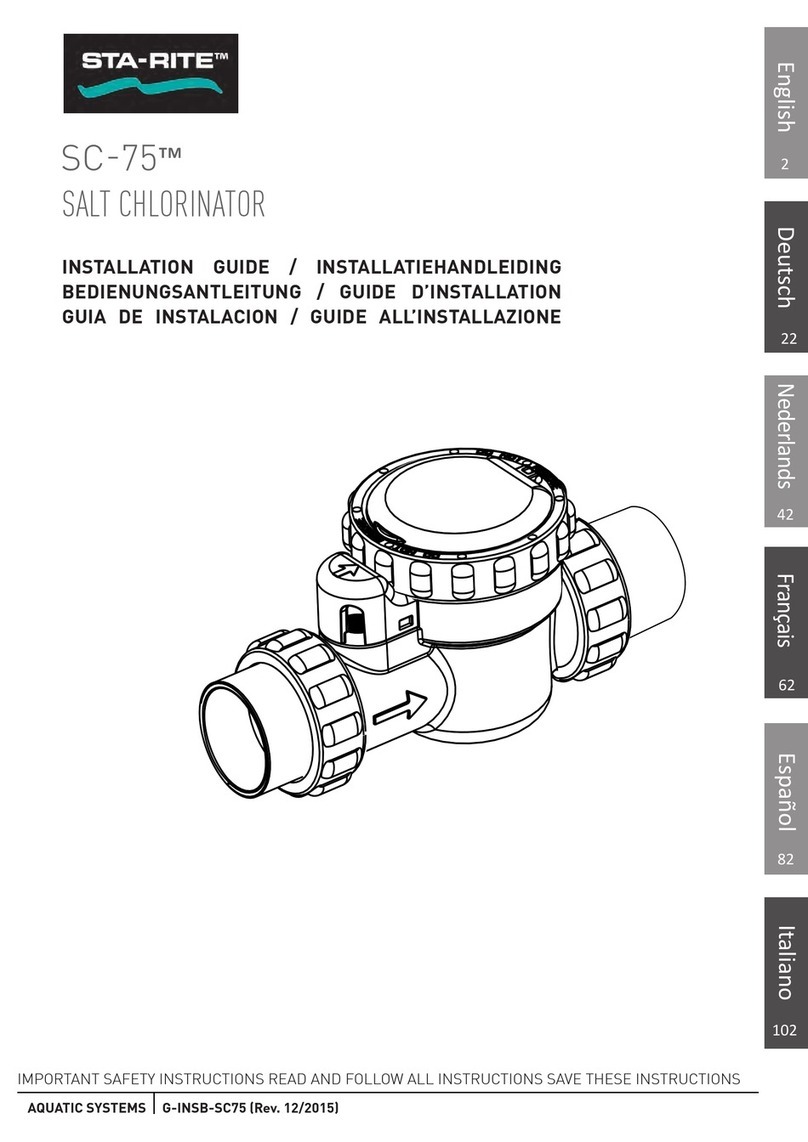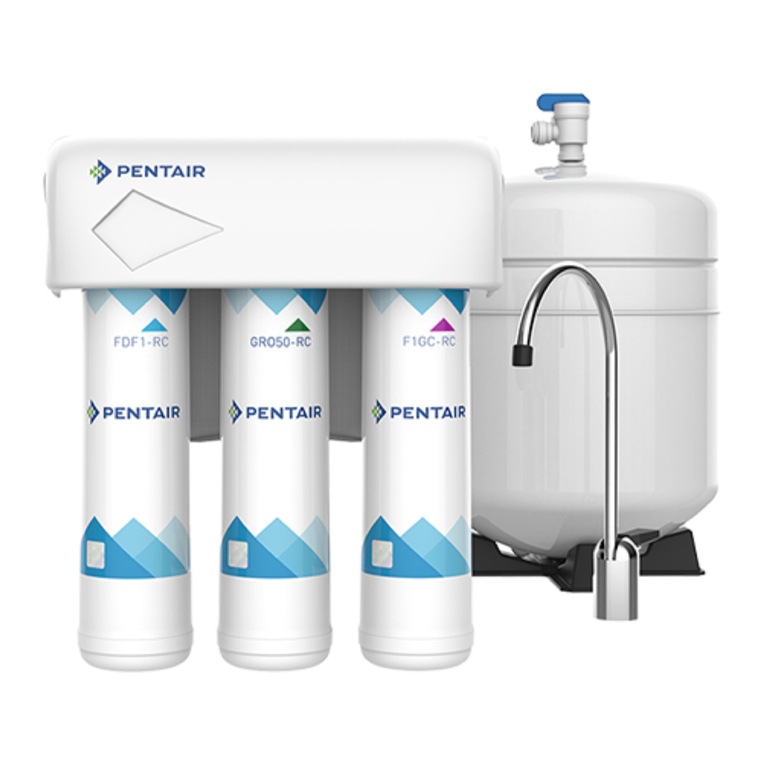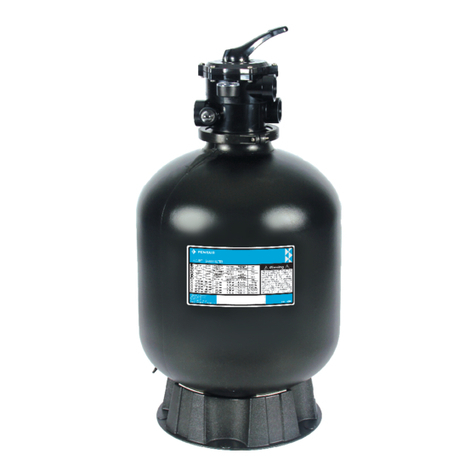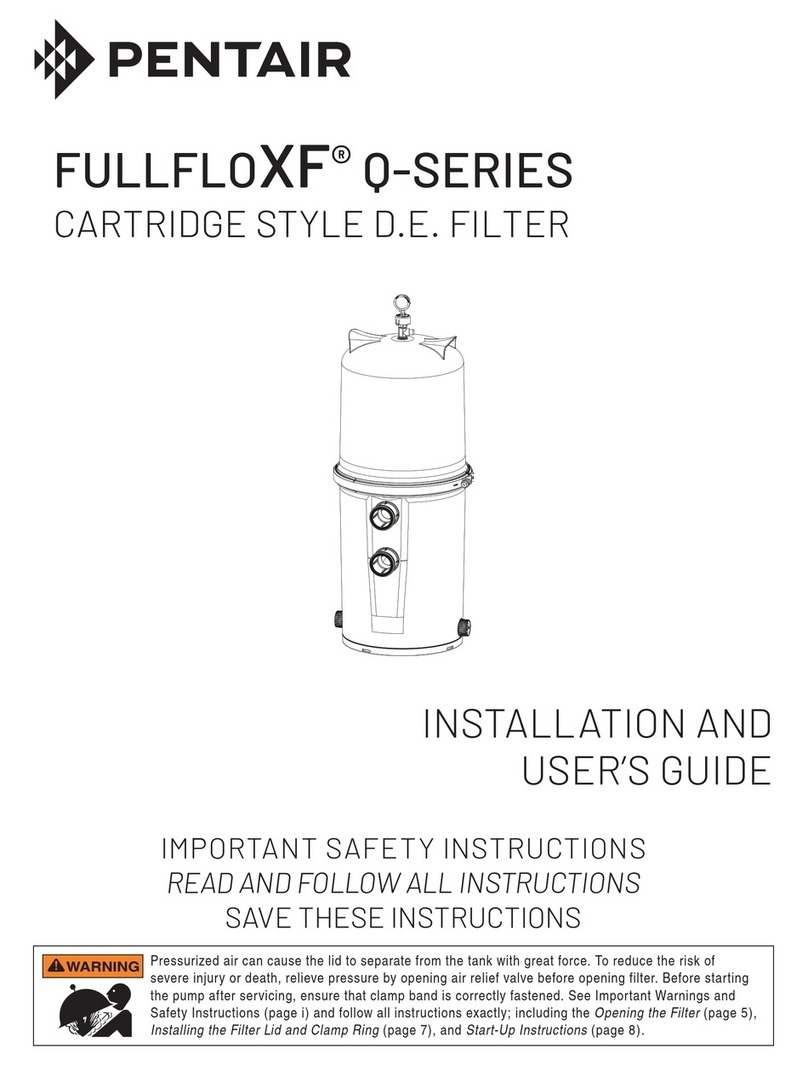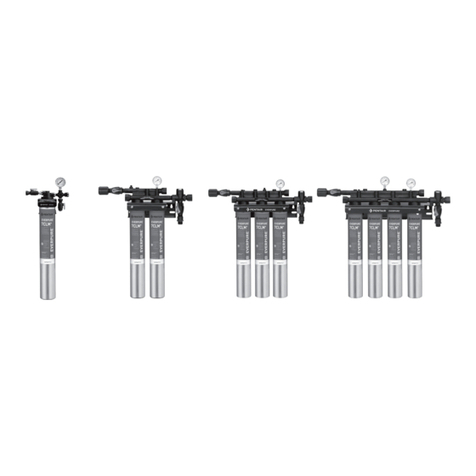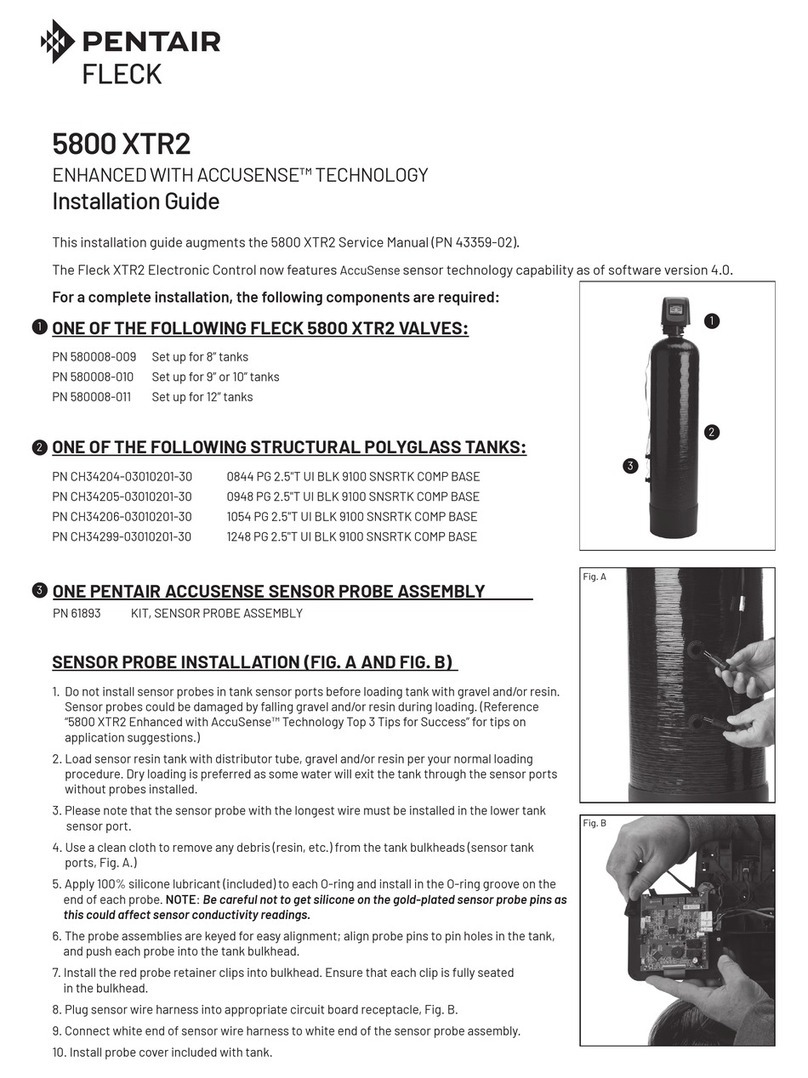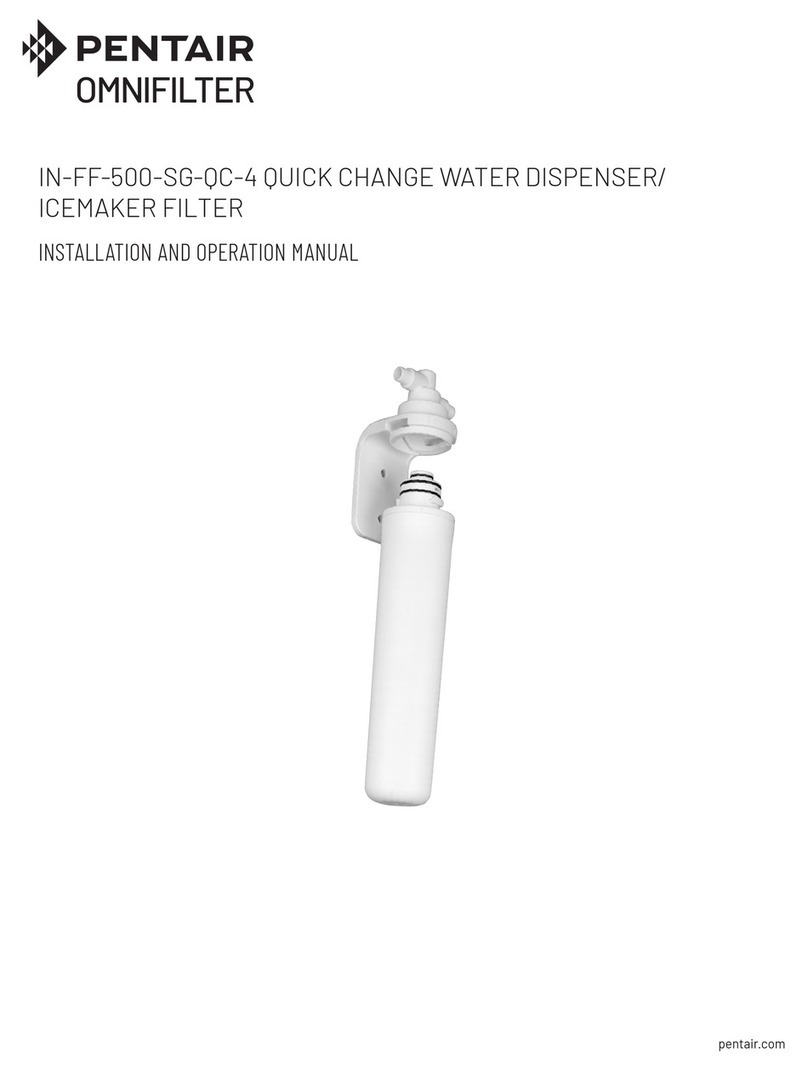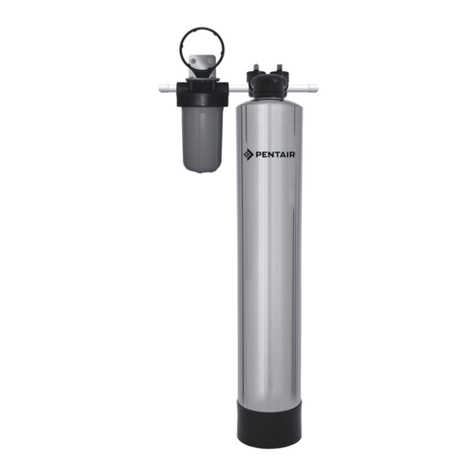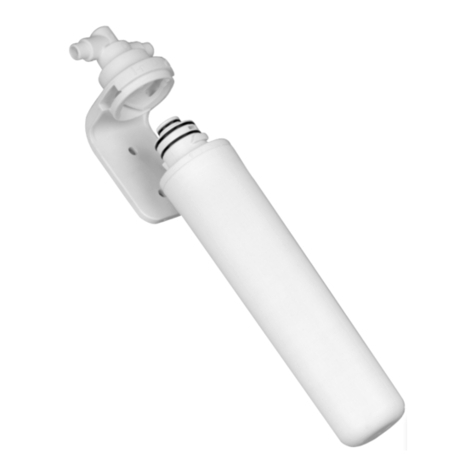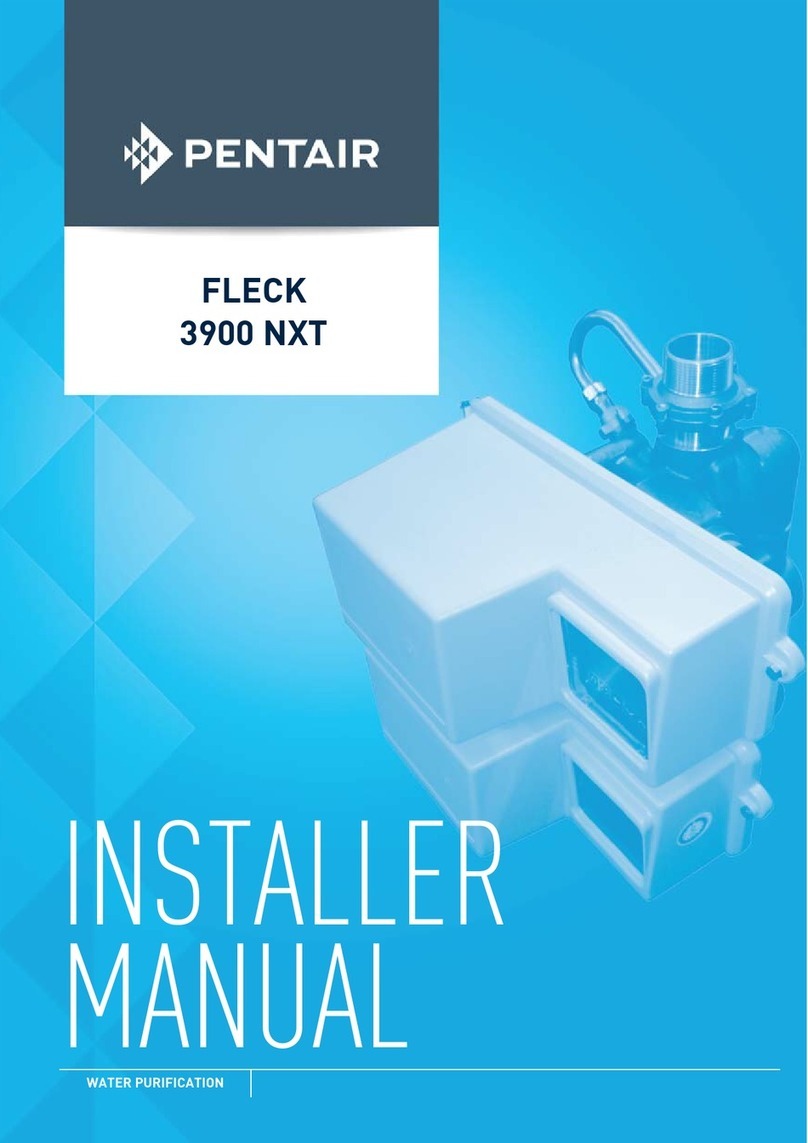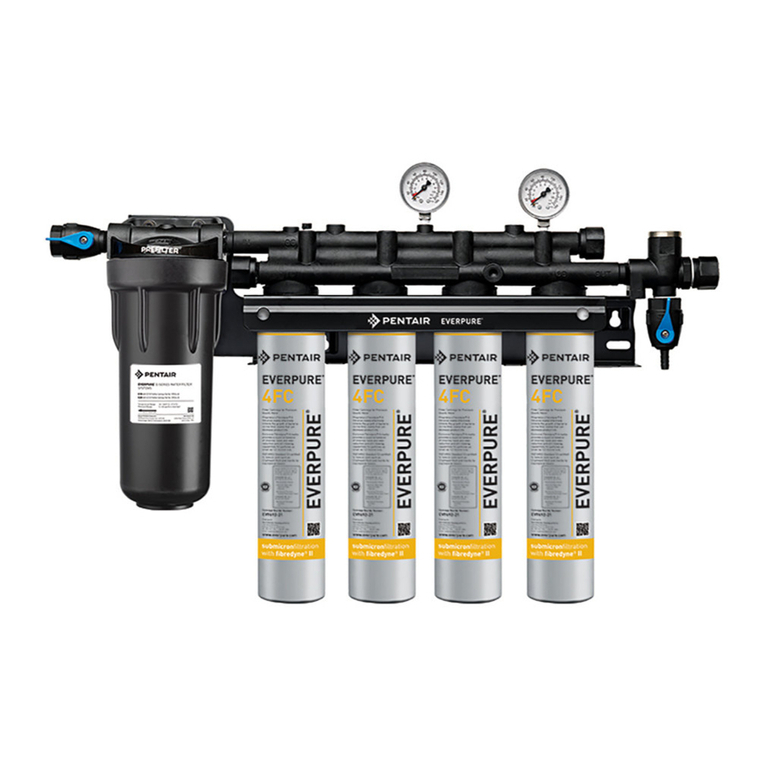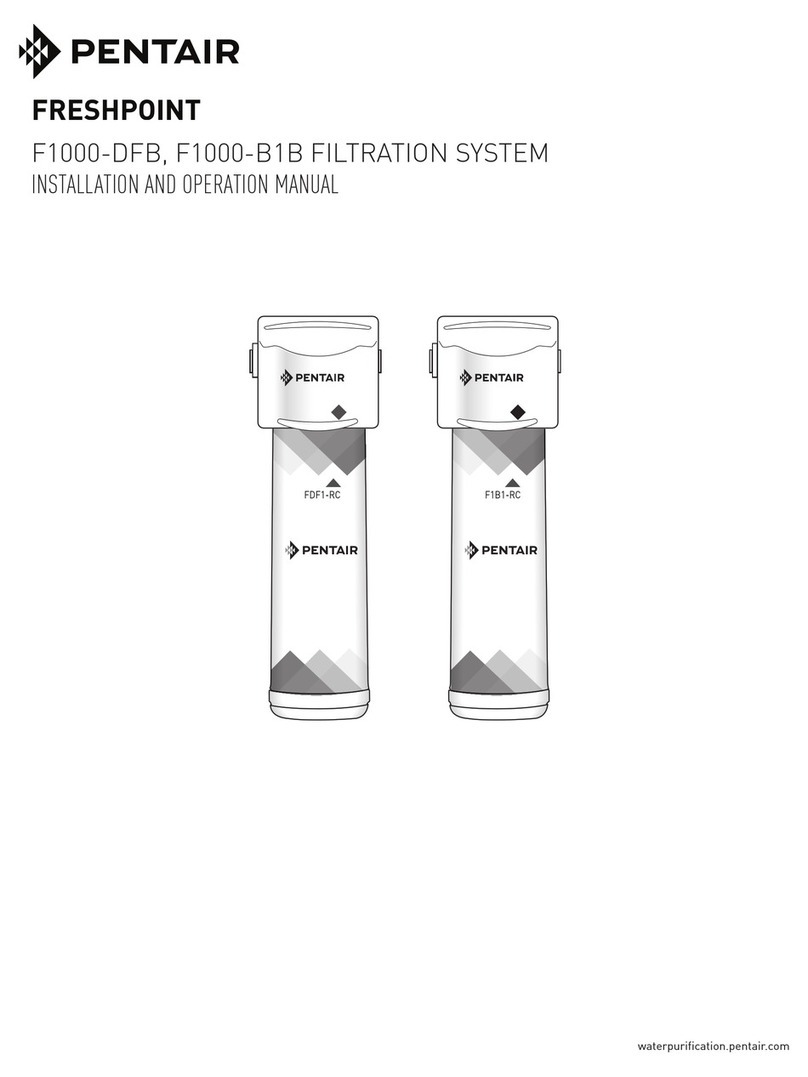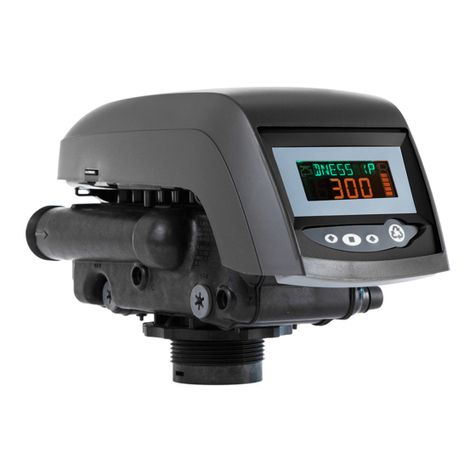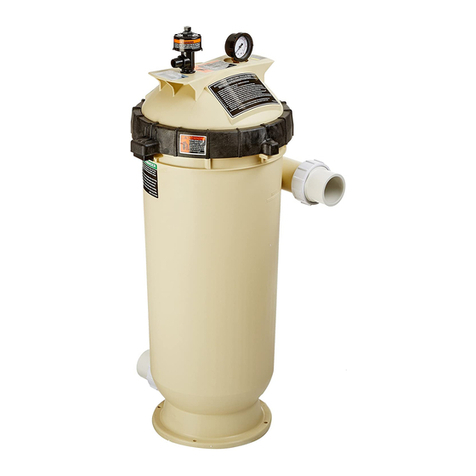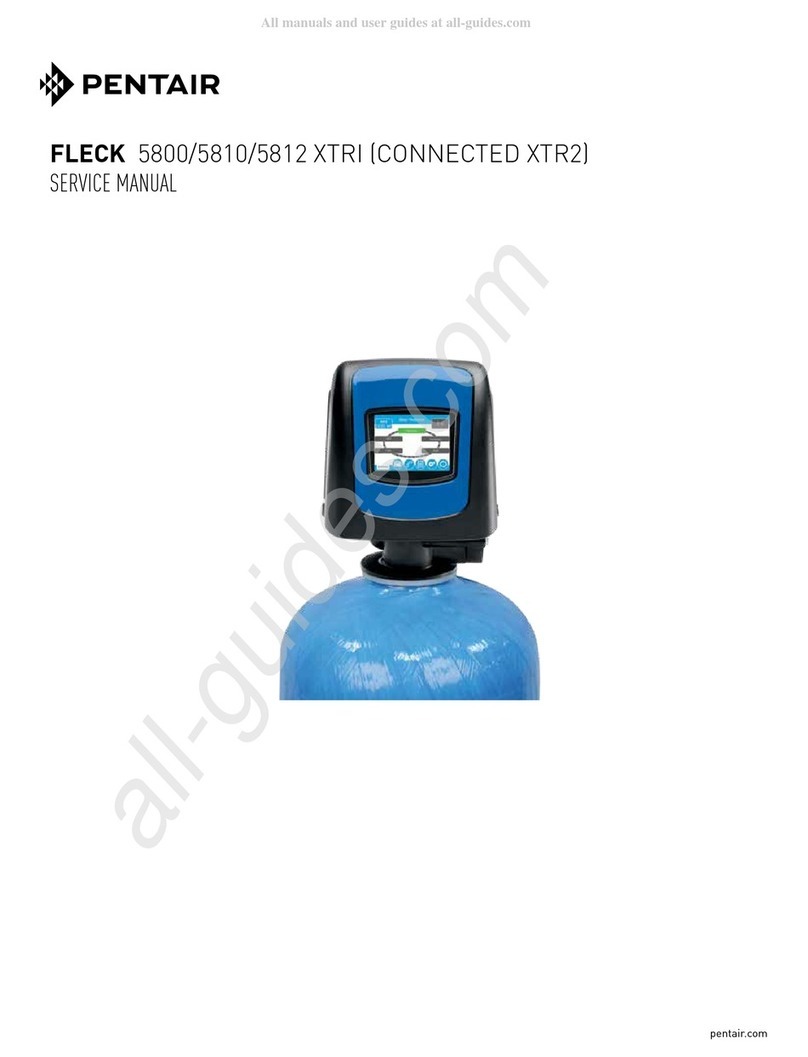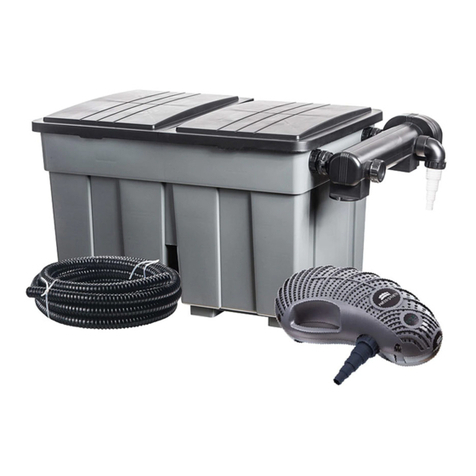
3
PR Aqua Rotolter™ Drum Filter Installation and Operation Manual
TABLE OF CONTENTS
Section 1: Foreword.................................................. 5
1.1 Scope.......................................................... 5
1.2 Technical Specication Documents ......... 5
1.3 Serial Number Location............................. 5
1.4 Support Contact ........................................ 5
Section 2: Safety ....................................................... 6
2.1 Safety Summary......................................... 6
2.2 Warning and Information Labels...............6
2.3 Protective Equipment ................................ 7
2.4 Electrical Safety ......................................... 7
2.5 Jewelry ....................................................... 7
2.6 Rotating Equipment...................................7
2.7 UV Radiation ..............................................7
Section 3: Shipping and Storage ............................ 8
3.1 Arrival on Site............................................. 8
3.2 Lifting.......................................................... 8
3.3 Storage ..................................................... 10
Section 4: Introduction........................................... 11
4.1 Overview ................................................... 11
4.2 Location of Major Components .............. 11
4.3 Operational Mechanics ........................... 12
Section 5: Pre-Installation ..................................... 13
5.1 Overview................................................... 13
5.2 Site Requirements and Preparation ....... 13
5.3 Foundation and Service
Access Requirements.............................. 13
5.4 Sump Requirements ................................ 14
5.5 Hydraulic Controls ................................... 15
5.6 Backwash System Considerations......... 16
5.7 Control Panel Considerations ................. 18
5.8 Electrical Power Requirements............... 18
5.9 Flushing Plumbing ................................... 18
5.10 Pre-Installation Checklist .......................... 19
Section 6: Installation.............................................20
6.1 Tools Required ......................................... 20
6.2 Installing the Rotolter ............................20
6.3 Installing the Backwash System............. 21
6.4 Connecting the Plumbing........................ 22
6.5 Installing the Control Panel .....................22
6.6 Control Panel Installation Checklist .......22
6.7 UV Installation (RFUV Only).....................23
Section 7: Pre-Operation .......................................24
7.1 Over vi ew ................................................... 24
7.2 Checking Fasteners................................. 24
7.3 Checking the Drum Seal.......................... 25
7.4 Checking Flow Levels.............................. 25
7.5 Adjusting Drive Tension
(Chain-Drive Models) ...............................26
7.6 Checking the Housing and
Drum Enclosure .......................................27
7.7 Pre-Operation Checklist.......................... 27
7.8 Performing a Test Run ............................. 27
7.9 Performing a 24-Hour Run ......................28
7.10 Post 24-Hour Inspection ......................... 28
7.11 Calibrating Float Switches ......................29
Section 8: Startup and Shutdown.........................30
8.1 Filling the Rotolter.................................. 30
8.2 Startup Procedure ...................................30
8.3 Shutdown Procedure
(24 Hours or Less) .................................... 31
8.4 Shutdown Procedure
(24 Hours or More) ................................... 31
Section 9: Maintenance .........................................32
9.1 Maintenance Schedule............................ 32
9.2 Maintenance Considerations .................. 32
9.3 Checking Flow and Water Levels............ 32
9.4 Inspect Mechanical Parts .......................33
9.5 Combined Maintenance Procedure........34
Section 10: Spray Bar Maintenance .....................39
10.1 Spray Bar Overview ................................. 39
10.2 Spray Bar Assembly ................................39
10.3 Removing the Nozzle Cap .......................39
10.4 Cleaning the Nozzle Tip...........................39
10.5 Removing the Nozzle Body ..................... 39
10.6 Gaskets and O-rings................................ 39
10.7 Nozzle Reassembly ................................. 39

